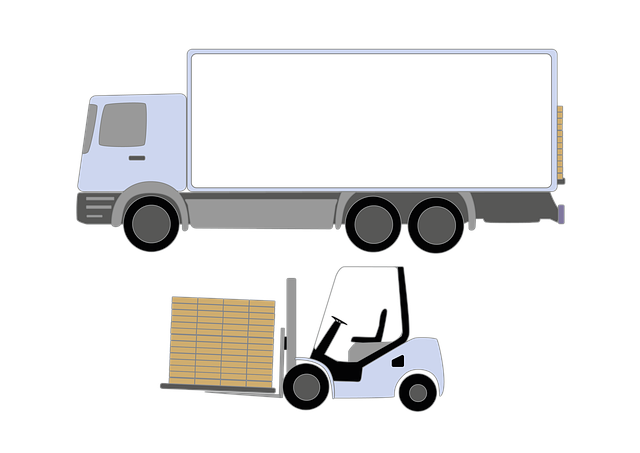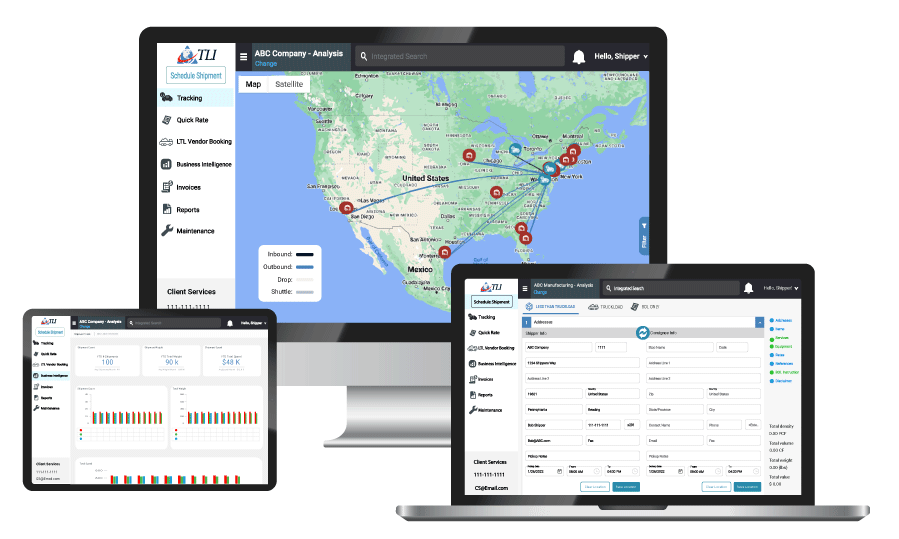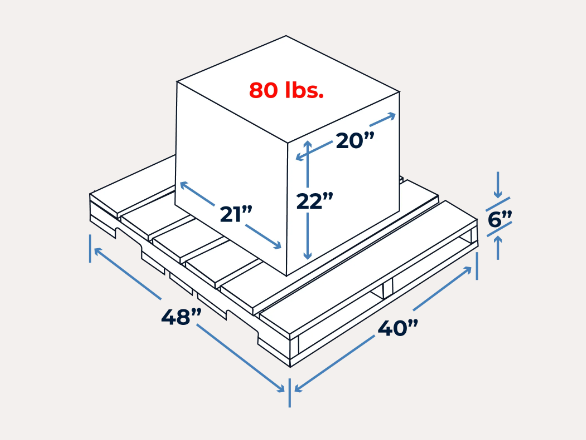What is LTL Classification?
Learn about how LTL Classification works and how
ViewPoint TMS makes freight class management easy.
LTL (Less-Than-Truckload) classification is a system used to standardize and categorize freight based on size, weight, density, and handling requirements. This classification ensures that shipping rates are fair and helps carriers maximize efficiency. LTL classification is essential to accurate pricing and delivery planning.
Each shipment falls under a specific freight class, ranging from Freight Class 50 to Class 500. These classes are determined by the
National Motor Freight Classification (NMFC) system, which considers factors like density, stowability, and cargo liability. The class assigned directly impacts shipping costs, so getting it right is crucial for accurate pricing. The higher the freight class indicates that typically the shipment density is low. Many of the NMFC codes are now based upon the PCF, and it is worth confirming that our technology solution automates this freight class selection for shippers.
For LTL shipments, having the right classification ensures that you avoid unexpected reclassification charges. That’s where understanding LTL classification, and having the proper technology becomes invaluable.
LTL Freight Classes - The Basics
The Importance of Selecting the Correct LTL Shipping Classes
LTL shipping classes have a direct impact on costs and efficiency. Choosing the right class avoids unnecessary fees, while incorrect classifications can lead to additional costs and delivery delays. This makes accuracy in LTL shipping classes critical for every shipper.
Our ViewPoint TMS keeps your shipping classes accurate by automatically determining the right class based on shipment details. With NMFC codes integrated into the platform, you don’t need to worry about finding and updating this information. As a result, your shipments are always classified correctly, and your shipping costs stay manageable.
By automating the freight classification process, our system makes LTL shipping easier, more cost effective and more reliable.
2025 NMFC Update – Density-Based Classifications
In
2025, the NMFC will shift further toward density-based classifications for LTL shipping. Density-based calculations use
Pounds per Cubic Foot (PCF) to determine the shipping class, offering a more precise approach. This NMFC Code shift will likely impact how items are categorized across all LTL shipments.
Fortunately, ViewPoint TMS is already prepared for these changes. Our system includes a density calculator that automatically factors PCF into its freight class determinations. This feature has been integrated into ViewPoint for years, meaning your operations won’t miss a beat as these updates take effect.
Auto-Determining Freight Class with ViewPoint TMS
With ViewPoint TMS, freight class determination is automatic. By inputting basic shipment details, the system uses built-in
density calculations to assign the right LTL class. This reduces manual work and ensures accuracy, making it incredibly easy for shippers to stay on top of classifications.
Incorporating the latest NMFC updates, ViewPoint TMS’s automation helps avoid reclassification fees and optimizes shipping costs. With these capabilities, shippers can focus on what matters most – getting shipments out the door, where they need to go, without hassle.
Our platform’s ease of use, coupled with automation and
ERP integration, makes it a must-have for efficient LTL management.








